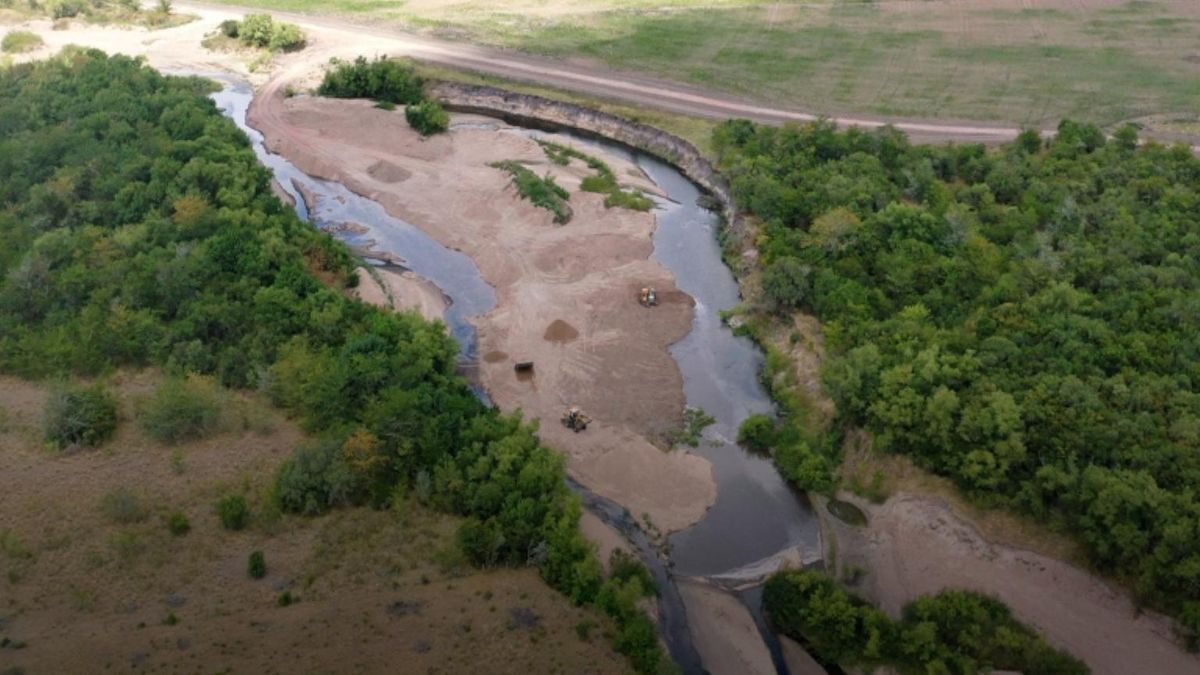The sand companies blocked and dammed one of the main tributaries and now they must restore the affected areas in less than 10 days.
He Ministry of Environment of Robert Bouvier penalized two sand companies that, with their work to extract aggregates and damming, diverted the course of the creek Bladdersone of the main tributaries the Santa Lucia Riverat a delicate moment for the drought that devastates the country.
The content you want to access is exclusive to subscribers.
The two companies, which were also summoned to cease their activities, had been denounced by the mayor of cannelloni, Yamandu Orsi.


The Santa Lucia basin is considered as strategic for Uruguaysince it is the main source of drinking water and supplies 60% of the country’s population. With the scarcity of water throughout the national territory, any problem in it is of vital importance.
In principle, the government fines will be 100 Readjustable Units (UR), which at today’s value means around 157,000 pesos for having temporarily altered the course of the river and another 200 UR –315,000 pesos– for infringement in compliance with Decree 371/2019 that establishes the “Action Plan for the Protection of Environmental Quality of the Santa Lucía River Basin, Second Generation Measures”.
However, the companies will have the possibility of making their respective discharges and, based on that, the magnitude of the penalties may ultimately vary.
On the other hand, the government intimidated the two responsible to restore in a maximum of 10 days conditions in the affected areas. The sand pits must recompose the fluvial ecosystem at those points that have intervened and redirect the natural dynamics of the stream. They will also have to remove the materials and block the canals built.
What did the companies do on the Santa Lucia River?
At the beginning of February, Orsi denounced the actions of these two companies after detecting irregular earth movements during one of the periodic control flights carried out by the Municipality of Canelones.
After carrying out inspections, he verified that the interventions had been carried out in three zonesin a range of 5 kilometers, where the river was blocked or dammed.
Strictly speaking, there were three points in which the course of the stream was altered through artificial channels; other two where the entire river was deliberately blocked and another in which they were trying to cover up with machinery.
Source: Ambito




